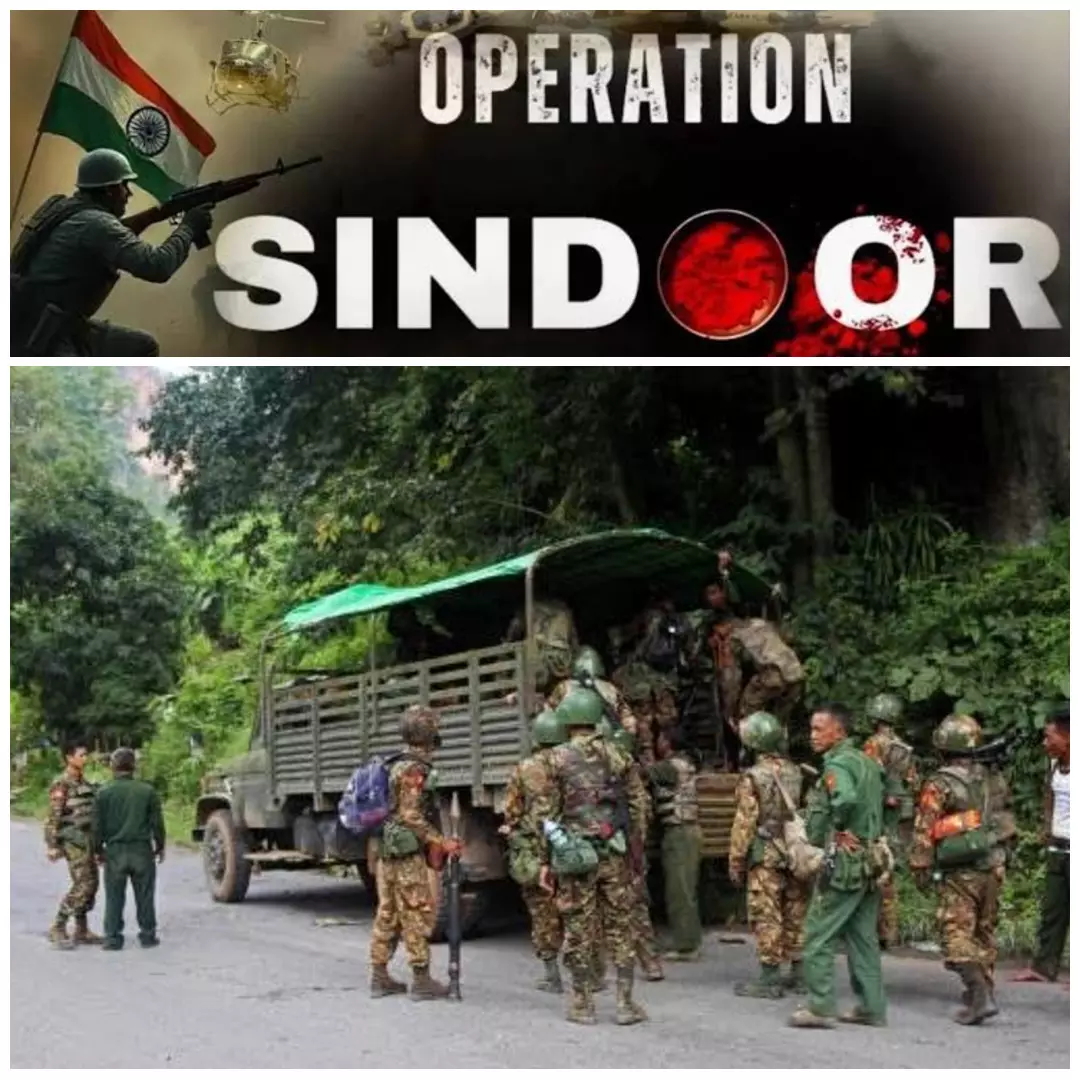The Shadow War on ULFA(I): Ops Sindoor and Its Aftershocks

We are all puppets in a shadow war we barely understand." This one line captures the essence of what is unfolding on the remote Indo–Myanmar border today. The recent attacks on the camps of the United Liberation Front of Asom (Independent) [ULFA(I)] inside Myanmar mark not just another strike in India’s long fight against insurgency, but a watershed moment in the way this shadowy conflict is being fought — and won.
The New Face of War: Ops Sindoor
The operation — reportedly codenamed Ops Sindoor — is not a campaign against Pakistan, nor even against one specific outfit. It is a broad, methodical effort by the Government of India to dismantle all the bases of northeast Indian ethnic insurgents who have used Myanmar’s jungles as sanctuaries for decades. Gone are the days of conventional tactics: no border crossings, no columns of soldiers, no loud battles in the hills. Instead, Ops Sindoor showcased a new dimension of strategic warfare — conducted through high‑tech, cyber‑enabled, electronic precision. In essence, the war was fought silently, perhaps remotely, where commanders could alter the battlefield from a control room rather than a trench. This is not only a testament to India’s evolving military capabilities but also a demonstration of the lessons learned from decades of counter‑insurgency experience in the northeast.
ULFA(I): Frozen in the Past
On the other hand, ULFA(I), led by Paresh Baruah, seems to have stagnated — still clinging to the theories and strategies of its founding days. Unlike Kashmir, where Pakistan has openly supported separatists with money, arms, propaganda, and international lobbying, ULFA(I) stands isolated. It has no state sponsor, no diplomatic backer, and its once‑formidable network of bases — in Bhutan, Bangladesh, Myanmar — have been successively dismantled over the years due to its own strategic miscalculations and the changing geopolitical landscape. Even Myanmar, which was once a safe haven amid the chaos of its internal conflicts, is now an unreliable refuge. The country itself is mired in violent struggles between pro‑ and anti‑democracy forces, and China’s role there remains deliberately ambiguous — a hidden agenda rather than a clear policy toward any of the players.
Aftershocks and the Endgame
From Lakhipathar, Kakopathar, Operation All Clear in Bhutan, crackdown in Bangladesh, and now back to Myanmar again, ULFA(I) has been losing ground repeatedly. But today’s strike — surgical, quiet, and devastating — seems to signal the final chapter in this long, grim saga. It is unlikely that Paresh Baruah, isolated and aging, can recover from this blow. With no allies left and no hands left to hold him, the ULFA(I) may have reached its terminal decline.
A New Era of Shadow Wars
What makes this moment unique is not just the destruction of a camp or the killing of commanders, but the way the war itself has changed. This is no longer a fight of soldiers advancing across jungles. This is a shadow war, waged silently, invisibly, with tools that shape outcomes from far beyond the battlefield. For India, it represents the maturity of its counter‑insurgency strategy. For ULFA(I), it represents the tragedy of failing to adapt to a world that has already moved on. And for the people of the northeast — who have endured decades of fear and violence — it may just be the dawn of a more secure and peaceful future.
